Hinduism is not a single, uniform religion. It is better understood as a cultural and geographic term that encompasses a wide range of beliefs and practices. Across Asia, Hinduism has taken on many distinct forms, shaped by local customs and traditions. The “Hinduism” of Indonesia and Cambodia is no doubt different from the practices of Nepal and India. Despite these differences, all of these interpretations trace their roots back to the same foundational texts: the Vedas and the Upanishads.
Nowhere is this religious diversity more visible than in the Kathmandu Valley. Here, religion is not defined by strict lines. Newar Buddhist traditions blend with tantric Hinduism. Hill-Brahmin customs exist alongside indigenous and animist beliefs. Vajrayana Buddhism shares space with folk deities. The result is a deeply layered spiritual culture where a single temple complex can tell many stories.
Nepal has long been a land of religious tolerance. This spirit of coexistence has shaped a unique landscape of temples, shrines, and sacred statues. These are not just places of worship, but also living records of Nepal’s complex history and heritage.
While sites like Pashupatinath, Swayambhu, Boudhanath, and Namobuddha are well known, the Valley is filled with lesser-known but equally fascinating sacred places. In this blog, we explore some of them:
Dattatraya – Bhaktapur
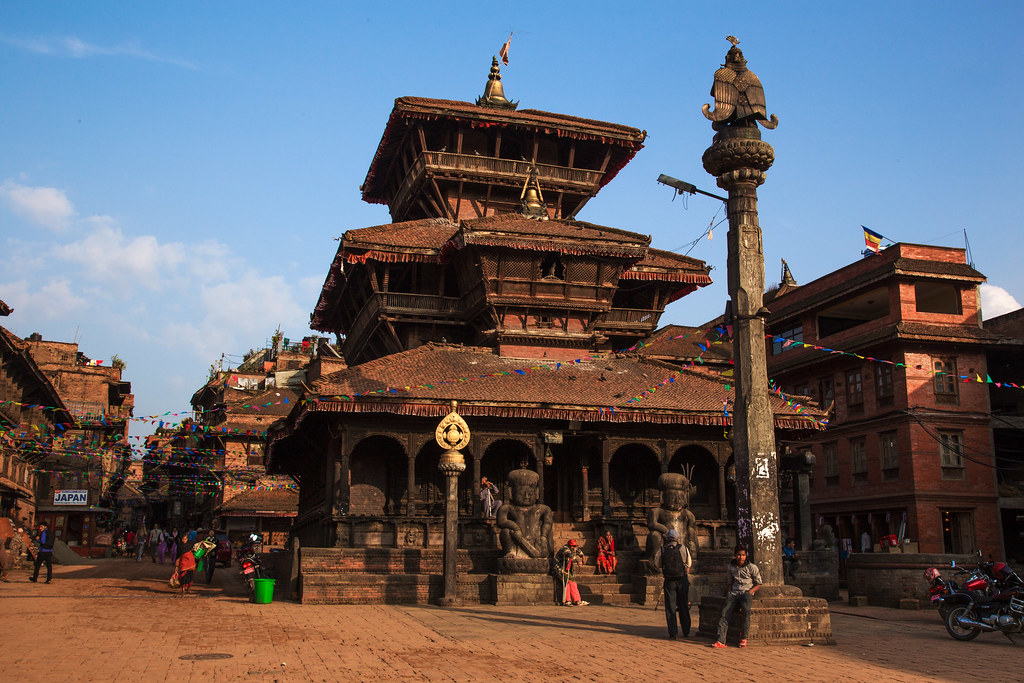
Hidden in plain sight at the edge of a wide square, Dattatraya Temple in Bhaktapur is Nepal’s only shrine to the avadhuta; a master of the universe who goes beyond ordinary life.
Built between 1427 and 1486 AD by the Malla kings, this beautiful three-tiered temple was carved entirely from a single tree. The main deity is a rare form that combines Brahma, Vishnu, and Shiva. Locals believe he can cure vocal problems, and many people come to worship on Mondays. The temple is guarded by stone warriors and surrounded by detailed wooden carvings that make the entire space feel both grand and personal.
Craftsmanship is at the heart of Bhaktapur’s heritage. Dattatraya Temple is one of the best examples of the skill and devotion found in traditional Newar woodwork. If you feel inspired by the carvings, you can visit one of the many woodcarving centers nearby. Some offer workshops where you can learn to carve your own piece, guided by local artisans.
Tilopa and Naropa – Kathmandu
It might sound unbelievable, but along the banks of the sacred Bagmati River near Pashupatinath, there is a small cave temple dedicated to two Buddhist masters, Tilopa and Naropa. Few visitors know it exists.
Tilopa, who lived around 1000 AD, was a wandering yogi and meditation teacher. He is known for passing down spiritual wisdom that gave rise to a major school of Tibetan Buddhism. His student, Naropa, also became a master and is remembered for his intense meditation practices and deep insights.
The cave temple is simple and quiet. It offers a peaceful contrast to the busy rituals at nearby Pashupatinath. For locals, this place is a reminder that different faiths have lived side by side in the valley for centuries. The sounds of Hindu chants often mix with the silence of Buddhist meditation.
If you find yourself with an extra hour in the Pashupatinath area, take the time to visit this cave. It offers more than just a photo. It invites you to pause, reflect, and feel the quiet power of Kathmandu's spiritual heart.
Mahabuddha – Patan
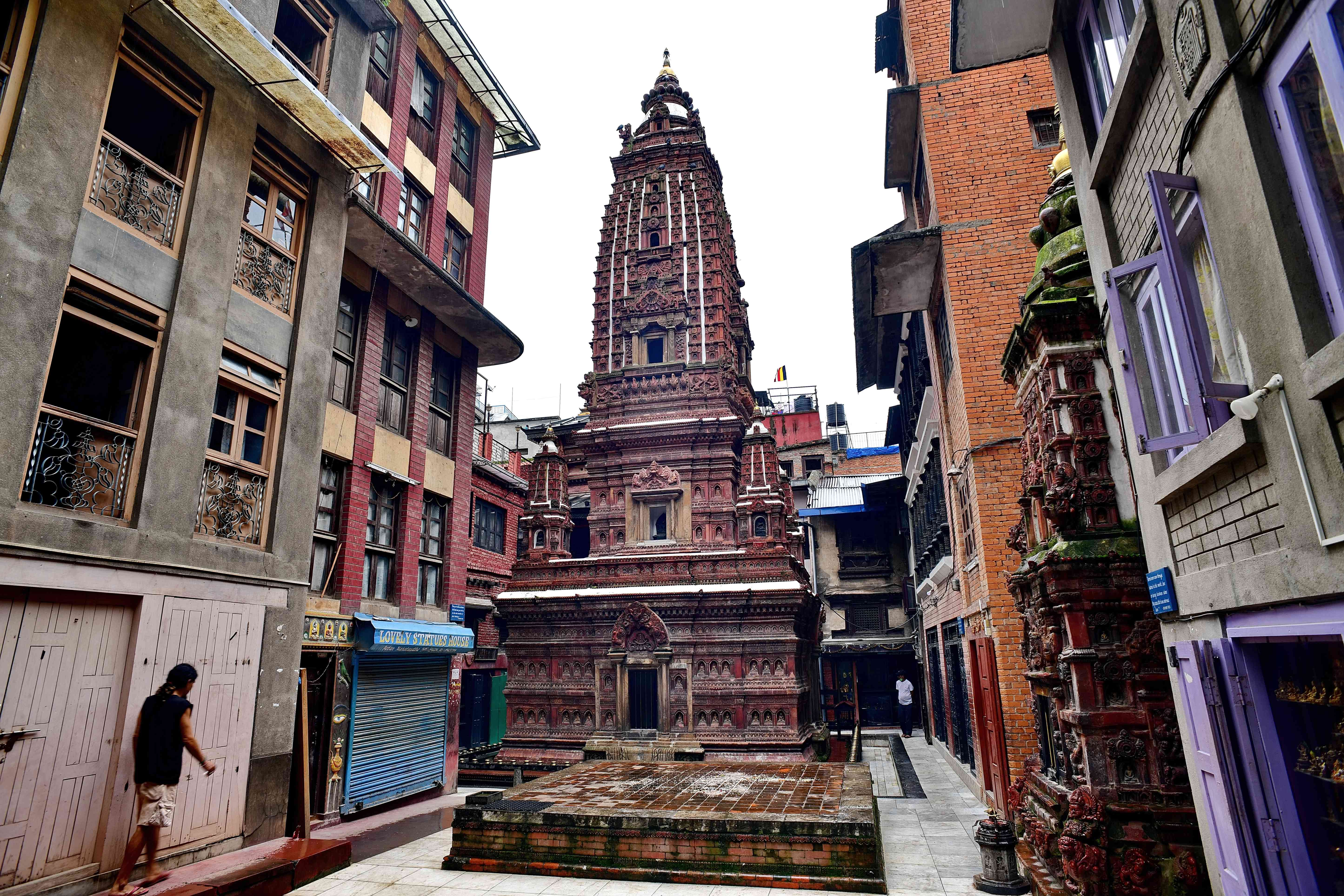
Ever seen a Thailand or Cambodia-style temple tucked among the pagodas of Kathmandu Valley? Mahabuddha in Patan is just that; a striking surprise of terracotta and devotion.
Often called the “Temple of a Thousand Buddhas,” this 16th-century shrine is built entirely from hand-carved bricks, each carrying an image of the Buddha. Inspired by a priest’s pilgrimage to Bodhgaya, the temple blends South Asian design with Newar craftsmanship. It may not be large, but it carries a quiet power, perfect for a peaceful moment off the main streets.
Patan is full of such surprises and deserves more than just a quick visit. Guests can make their time here more meaningful by exploring local Newari cuisine, visiting the famous Patan museum or taking part in something rooted with the Buddhist tradition there such as the Paubha; a meditative art form.
Changu Narayan – The Temple That Survived the Invasion
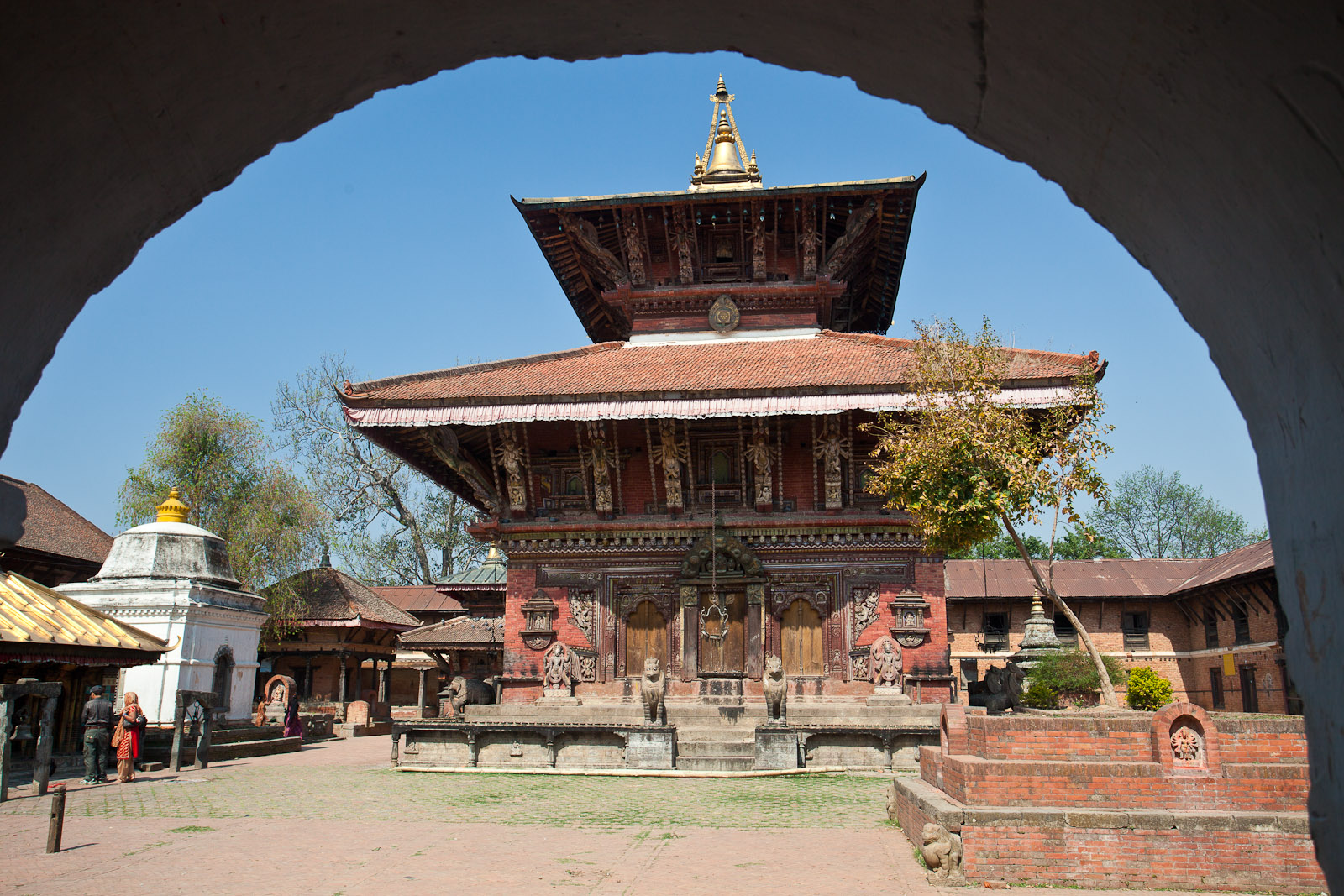
Perched quietly above Bhaktapur, Changu Narayan is the oldest standing temple in Nepal and the only major one believed to have survived the 14th-century Mughal invasion of the valley.
Built in the 4th century AD, this UNESCO World Heritage site honors Vishnu in his Narayan form. It is home to some of Nepal’s earliest stone inscriptions, including a pillar from 464 AD, and houses masterful stone and metal sculptures. The current pagoda-style structure was rebuilt in the 18th century after a fire, but its core sanctity and art go back centuries.
While many of the Valley's temples were destroyed during the 1349 raid by Sultan Shamsuddin’s army, Changu Narayan escaped destruction likely due to its hilltop location, hidden from the path of invading forces.
The temple is a peaceful day hike from Nagarkot, with panoramic views and glimpses of rural life along the way. Pilgrims still arrive at dawn to offer flowers and water, and the quiet dignity of the site makes it one of the most spiritually moving places in the valley.
Bagh Bhairab – Kirtipur
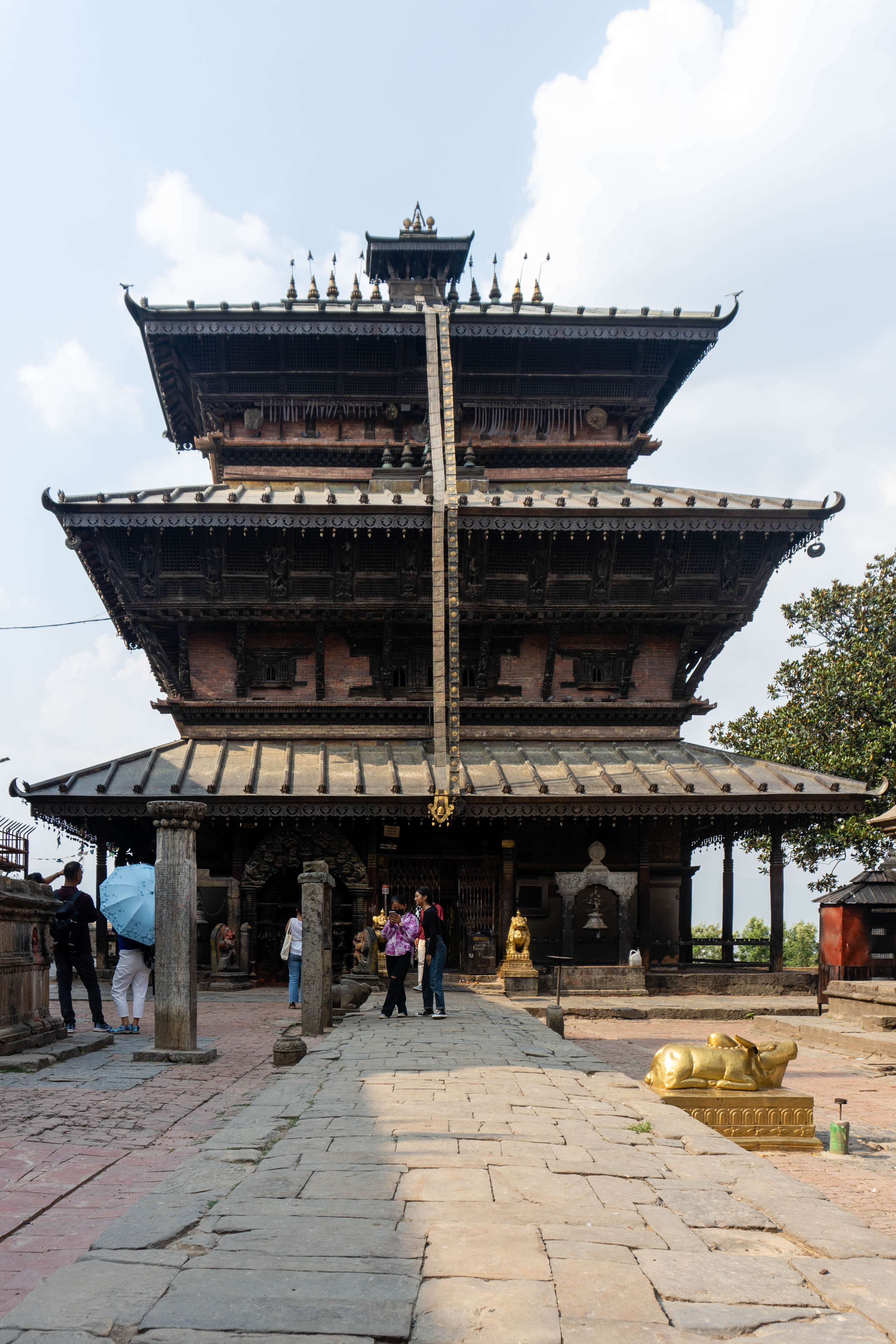
Perched on the ridge of Kirtipur, Bagh Bhairab Temple is one of the most powerful and unique religious sites in the Kathmandu Valley. This three-tiered pagoda honors the Tiger form of Bhairav, a fierce guardian god known for both protection and wrath.
The main idol, a small clay tiger, is remade every 15–25 years. According to legend, it came to life and devoured a herd of sheep, proving Bhairab’s presence. The tiger’s open mouth, missing its tongue, still reflects that story today.
The temple’s front wall is lined with old weapons, believed to be taken from or surrendered by Gorkhali soldiers during Kirtipur’s resistance in the 18th century. A nearby helmet is said to have belonged to the Gorkhali commander Kalu Pande. The temple’s carvings, especially the balcony of 32 divine figures, and its sweeping views of the valley make it a cultural and visual highlight.
For a deeper experience, stay at the Kirtipur Community Homestay. Run by local women, it offers momo-making lessons, guided tours of historic spots, and a real taste of daily life. It’s a great way to see Kirtipur not just as a visitor, but as a guest.
Birupakshya – Kathmandu (Pashupatinath)
Near the banks of the Bagmati River, not far from Pashupatinath Temple, lies a half-buried statue that few tourists notice but many locals quietly respect. This is Birupakshya, also known as Virupaksha, a fearsome guardian form of Shiva believed to hold the power of both Shiva and Kali.
According to legend, the statue was placed here by the ancient Kirati kings and gradually became buried by earthquakes and time. Only part of the head and torso remain visible today. But this is no accident. Lore warns that if Birupakshya ever rises fully from the ground, it will mark the end of the world and the final moment of the Kali Yuga.
The site is just below the Pashupatinath temple right at the bank of the Bagmati, and it feels more like a presence than a place. For those who find it, Birupakshya offers a moment of mystery and a connection to an older, deeper layer of Kathmandu’s sacred history.
Indreshwor Mahadev – Panauti
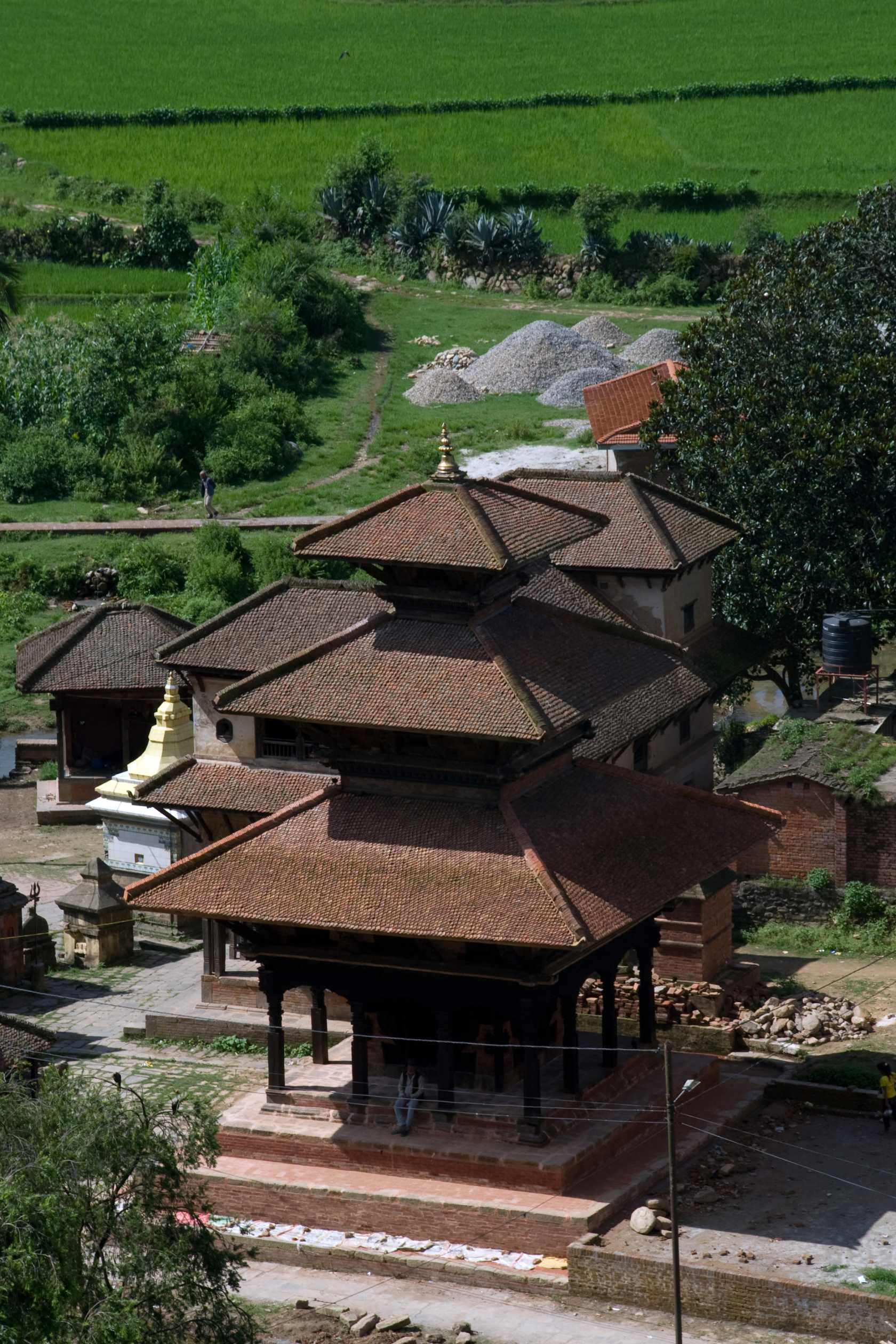
Tucked in the quiet town of Panauti, just a short drive from Kathmandu, Indreshwor Mahadev stands as one of Nepal’s oldest and most beautiful Shiva temples. Believed to date back to the 13th century, this three-tiered wooden pagoda rises above the village and holds a special place in local belief and tradition.
Dedicated to a form of Shiva linked to Indra, the Vedic god of rain, the temple houses a rare stone lingam at its core. Each side of the temple is adorned with detailed carvings from goddesses and fertility figures to scenes from the Ramayana and Mahabharata. During the Makar Mela, held every twelve years, the sacred inner sanctum is opened to the public.
The temple sits at the meeting point of sacred rivers, surrounded by smaller shrines, rest houses, and ritual ghats. It plays a major role in Panauti Jatra, a vibrant festival that brings the whole town together.
Panauti is also home to a warm and welcoming Community Homestays where travelers can join the locals for cooking classes, explore temple routes on foot or bike, and enjoy a peaceful stay in a town where nature and heritage meet. It’s a perfect mix of culture, calm, and connection.





